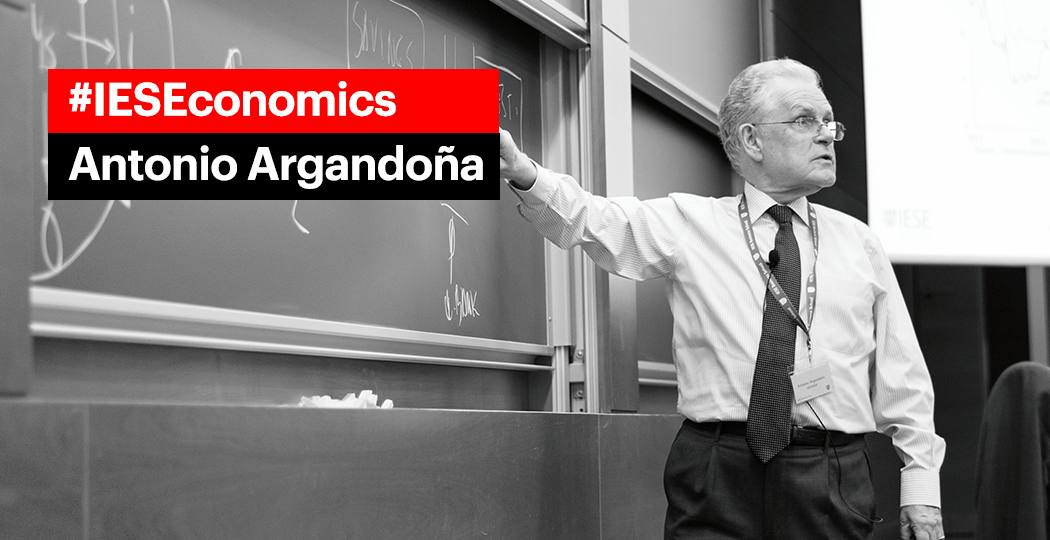
IESE Insight
The euro at 20
The euro's 20th anniversary allows us to reflect on some mistakes, but also a number of successes, the most important of which is the fact that it continues to exist as a single currency today.
By Antonio Argandoña
It's been 20 years since the euro first came into our lives. Many young people have known no other currency, and those of us who are older hardly remember paying with pesetas, lire or marks.
In my opinion, the euro has been a success. First, because of its very permanence, which many considered impossible. Second, because of the economic stability that it has provided: an average inflation rate of around 2% -- a far cry from the double-digit inflation and frequent devaluations Spain's peseta used to face. And third, because of the economic transformation it enabled for the Spanish economy; building on its 1986 incorporation into the European Community (now the European Union), Spain was able to leave behind an outdated, closed and protectionist economy.
It wasn't always producing hits, of course; the single currency has also had its misses. The economic crisis of 2008 became the so-called "euro crisis" a bit later. Really, it was a debt crisis for some countries -- Spain among them -- which sparked serious fears for the single currency's continuity.
The construction of the euro was incomplete. We had a common monetary policy, but the rest, especially fiscal policies -- that is, regarding budget deficits and public debt levels -- remained in the hands of national governments. And with that, the markets punished the eurozone's weakest countries.
That episode closed in London in July 2012 with the famous phrase of Mario Draghi, then president of the European Central Bank (ECB): "The ECB is ready to do whatever it takes to preserve the euro. And believe me, it will be enough." Draghi understood that the inflation target set for European monetary policy would be of little use if the Economic and Monetary Union (EMU) broke up. Little more than his phrase was enough to stop what was, without a doubt, the worst crisis for the euro thus far.
The experience served to launch those initiatives that were still needed to complete the architecture of the single currency: primarily, a single supervisor to guarantee the strength of the financial institutions supporting EU countries' debts, as well as advances towards a banking union and a capital markets union.
Those latter initiatives are still incomplete. We remain far from unanimity on what Europe's Economic and Monetary Union should be. Each country has its preferences and limitations: especially when it comes to fiscal autonomy (i.e., deficits and public debt) and, even more so, when it comes to accepting limitations on national autonomy and providing support to partners. As a result, it's difficult to reach a consensus on what will ultimately be constraints on nations' future policy decisions.
Managing the COVID-19 crisis has entailed another step in the right direction. The European Union accepted the need for an extraordinary fiscal boost. To serve the neediest countries, its NextGenerationEU recovery plan has been financed, in part, with the EU's own taxes, as well as with a eurobond issued jointly by all. The ECB has also been involved in financing the green transition and the fight against climate change, which continue to be national governments' main responsibility.
The future is not yet written. But the survival of the euro over these 20 years offers a reason for hope. For the European Union, there is no single model nor one single currency, but we have learned many things that, I believe, give us reason to be optimistic about the euro's future.
